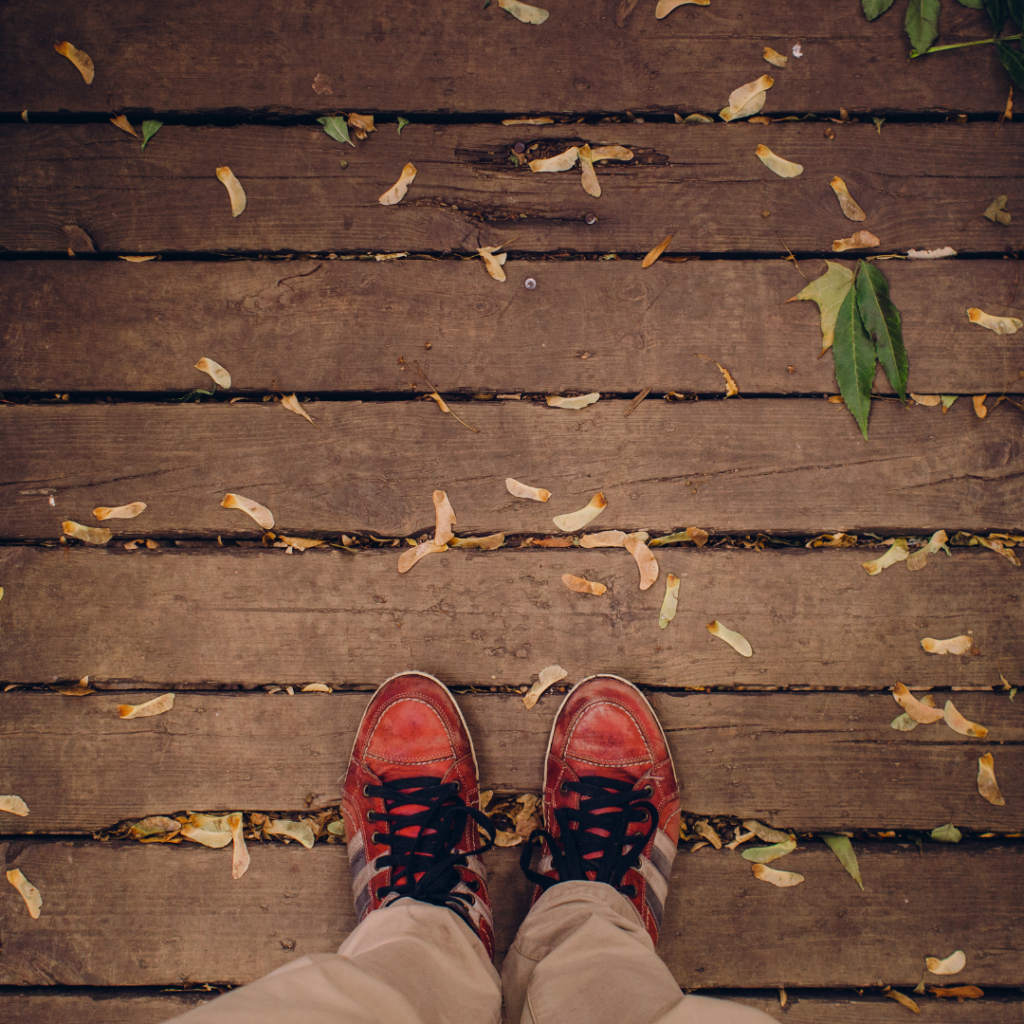Learn how the changing of seasons can change your mental health
The arrival of fall means the return of popular pumpkin-spiced coffee flavors and colorful decorum – but for some, it can also mean the return of the “winter blues.” Seasonal depression, which is also known as seasonal affective disorder (SAD), is a form of depression that occurs around the same time each year. Fall is one the most common times for an onset of SAD in the U.S., and doctors believe this is a direct result of now having shorter daylight hours.

According to Mental Health America, about 5% of the U.S. population experiences seasonal affective disorder1. However, the condition disproportionally affects genders, because 4-out-of-5 people diagnosed are women.
SAD Research
Norman E. Rosenthal, M.D., is the psychiatrist who first began exploring SAD in the mid-1980’s and he has since conducted decades of clinical research to identify the causes, diagnosing and treatment options. Rosenthal believes the loss of sunlight hours can disrupt the daily circadian rhythms that govern sleeping and eating patterns2. In addition, Rosenthal has found evidence that the loss of light appears to also interfere with the brain’s production of serotonin, which then adversely affects people’s moods.
The coming months may be an especially difficult one for individuals who are already at-risk for seasonal affective disorder, considering there has already been a dramatic increase in mental health-related conditions as a result of the COVID-19 pandemic. According to the CDC, patients reporting symptoms of anxiety disorder and depressive disorder increased considerably in the U.S during April–June of 2020, compared with the same period in 20193.
Symptoms of Seasonal Affective Disorder (SAD)
Individuals who are suffering from seasonal affective disorder may be feeling a sudden onset of depression, hopelessness and an unshakeable despair and disinterest in activities they previously enjoyed. They may feel tense and have anxiety related to normal day-to-day functions that leads to sudden sleep disturbances and changes in mood. Overeating can also be a symptom of SAD, and Dr. Rosenthal’s research shows there is a link between serotonin imbalance and the sudden stimulation of cravings for carbohydrates and sweets.
Treatments for Seasonal Affective Disorder
There are several treatments available to help patients who are suffering from SAD. One treatment option is phototherapy, or “light therapy,” which has been shown to be effective in up to 85% diagnosed cases. Patients who use this method of treatment are intentionally put in an area of bright fluorescent light for up to four hours a day while engaging in normal daily activities, such as eating or reading while undergoing treatment.
In addition to (or, in place of) light therapy, patients can also talk to their medical or mental health provider about starting an antidepressant medication. In other studies, cognitive behavioral therapy (CBT) has also been shown to be effective for some patients1.
Think you have seasonal affective disorder?
If you or a loved one is concerned about the sudden onset of a seasonal affective disorder, or if you want to talk to a professional about feelings of anxiety or depression, please contact our offices today to schedule an appointment with a professional.
